Why Won't Your Car Start? Five Steps to Check
We have all been in situations where our car just won’t start even after trying for a long time. It is a frustrating feeling when we put our key in the ignition and turn it to start our engine only to be met with silence.
Whether due to neglect or just something we aren’t taking into consideration, there’s the need for us to switch into troubleshooting mode so as we can establish what is preventing our cars from starting.
The good thing is that there are five quick tests that can help you diagnose the cause why your vehicle cannot start. Taking note of these tips can help a lot of vehicle owners find out why their car isn't starting in the first place and help them fix the issue.
●Checking the Battery
In this case, the best news about your vehicle not starting is that the problem is easiest to fix. For instance, batteries may lose their charge if you leave some systems on for a long time, such as headlights, radio, heating, and air conditioning.
If there is an alarm system in your car, ensure that it has been effectively armed or turned off because this can also cause battery drain. Your car consumes energy like a machine that goes out of control, leaving your battery drained and causing electrical problems.
After all, every battery will eventually stop working at some point. Therefore, make sure you perform regular checks to see that your battery cables are clean and tightly connected from the battery to the vehicle.
This will give you confidence in the successful start-up of your vehicle. An essential gadget for these moments would be a charger, as you could simply recharge the battery and drive off without having to depend on others.
A charger provides the easiest, quickest, and simplest way to get back on the road.

●Check the Alternator and Starter
If your vehicle still won’t start, it is probably due to the alternator or starter. The alternator is vital as it changes fuel into electricity and assists in powering the car’s systems using battery power while recharging the battery when you ignite.
When you turn on your car, listen for a cranking noise from the starter, and then immediately look for the charging indicator light to go on as soon as the engine starts running.
Do not crank ignition more than once per key turn. This can be part of good maintenance practice.
However, when your car doesn’t start up, have a look under its hood. Look at how your battery connects to an alternator and check that serpentine belt tension exists so that they are well maintained.
Also, ensure there are no dirty terminals with corrosion on them. If you think there may be something wrong with your alternator, take it to a professional repair shop and get it diagnosed by someone who is ASE certified in auto services near you today.
●Inspect the Car’s Spark Plugs
A faulty spark plug could be why your car refuses to start. Be on the lookout for common symptoms such as faltering, stumbling, irregular idling, and uneven idle and slow acceleration.
The ignition system uses sparks launched by plugs to light fuel, so any loose connection may cause issues in the engine.
Mostly, these problems are solved by either replacing or adjusting spark plugs. They are usually located at the cylinder heads of an engine, or refer to your manual if you cannot find them.
In case they are broken, they can easily be bought from nearby shops dealing in motor vehicle spare parts and replaced without difficulty.

●Inspect the Fuel Injection System
The fuel injection system delivers fuel to the engine by spraying it into the intake manifold as a mist, thus initiating combustion.
When your car won’t start, then it might be having fuel injection problems, which often can be diagnosed either by checking the fuel pressure or looking at a fuel filter’s condition.
A clogged fuel filter will not allow any gasoline to get to an engine. To find it and its accompanying fuse, check your manual for the location of a fuel filter. Disconnect the fuse with the engine off.
Remember that a faulty fuel pump or blown fuse can also disrupt the vehicle's operation. Afterward, start the engine and allow the fuel line pressure to decrease rapidly.
Then, disconnect the filter from the fuel line and replace it. Fuel filters, like spark plugs, are available at local auto parts stores and come with installation instructions for proper replacement.
●Fuel Tank Levels Check
It may sound unimportant, but it is vital! If your car does not get fuel, it will not start. Make sure the fuel tank is at least one quarter full.
In addition, if the gauge shows that it is, you should make sure that the fuel pump operates and that there are no obstructions in the fuel lines. The other thing to do is confirm whether or not the fuse for the fuel pump has been properly connected.

Frequently Asked Questions
1.Why doesn’t my car start even when the battery’s fine?
For a working system, the battery will be good if there are lights in it and electronics that are functioning well. If your alternator is defective, chances are that; it won’t charge the battery and the engine won’t engage if your starter is damaged.
2.How can I tell if my alternator is preventing my car from starting?
If warning lights come on or an unusual noise occurs during startup, this means that your alternator might not be charging as required. Take it to a professional for testing.
3.What should I do if cold weather makes my car hard to start?
Battery performance is reduced under colder conditions. Confirm that the battery has full charge and connections are clean. It may be necessary to use a battery charger or place the vehicle in a warmer environment overnight.
4. How can I determine whether fuel injection system of my vehicle causes difficulty in starting?
The symptoms would include rough idling or engine hesitation feeling in the vehicle. Check fuel pressure and clog evidence on the filter of fuel .It could also be that there is an issue with fuel pump functioning properly or that fuse which has blown has disrupted appropriate delivery of fuel.
OTHER NEWS
-
- Top Five Classic Vintage Cars of All-Time
- By Prodosh Kundu 17 May,2024
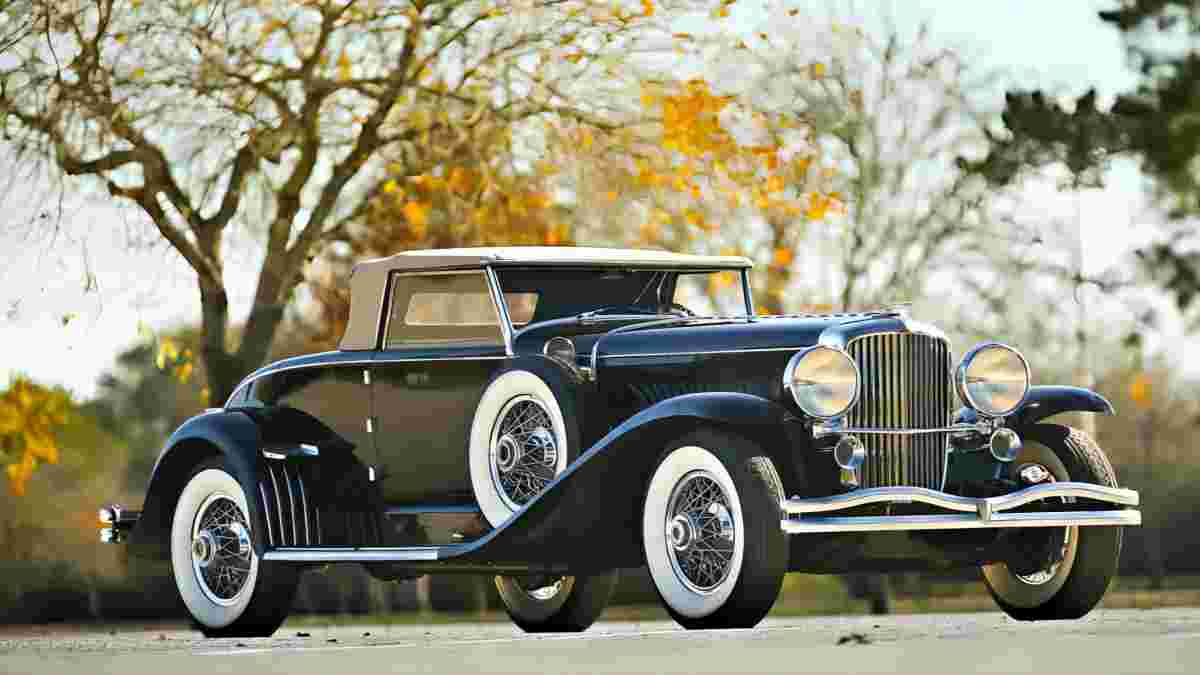
-
- 8 Best-Selling Cars in the History of the United States
- By Prodosh Kundu 17 May,2024
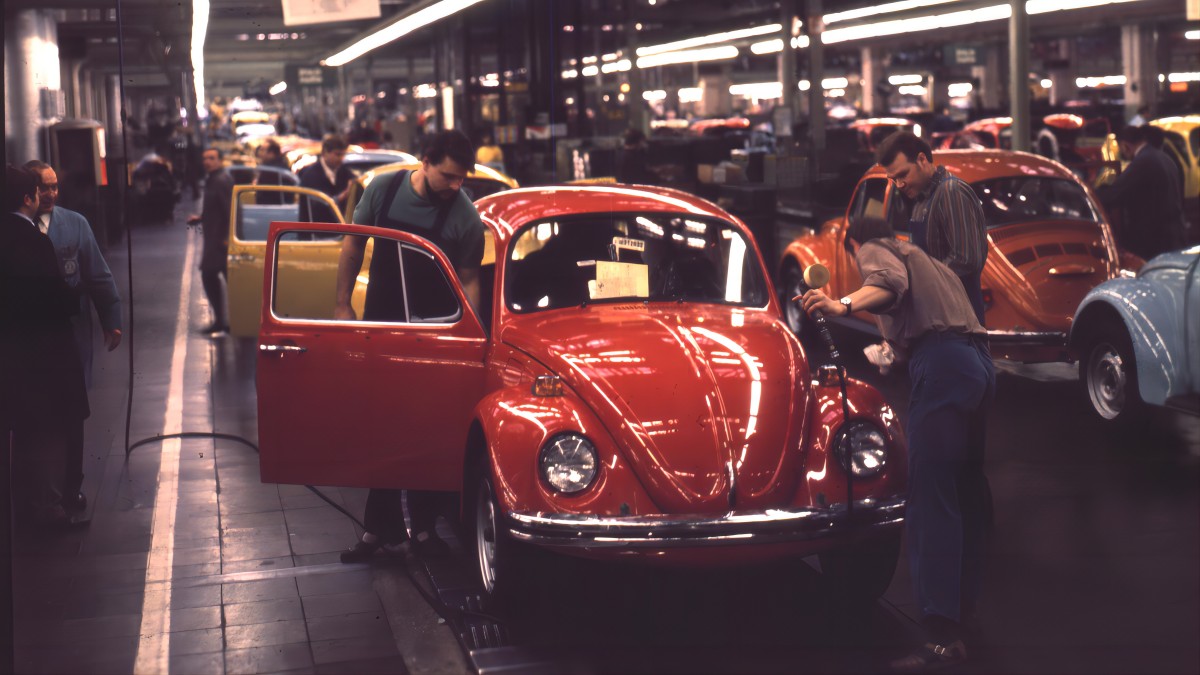
-
- Is Your Car Battery Healthy?
- By Prodosh Kundu 03 Jul,2024
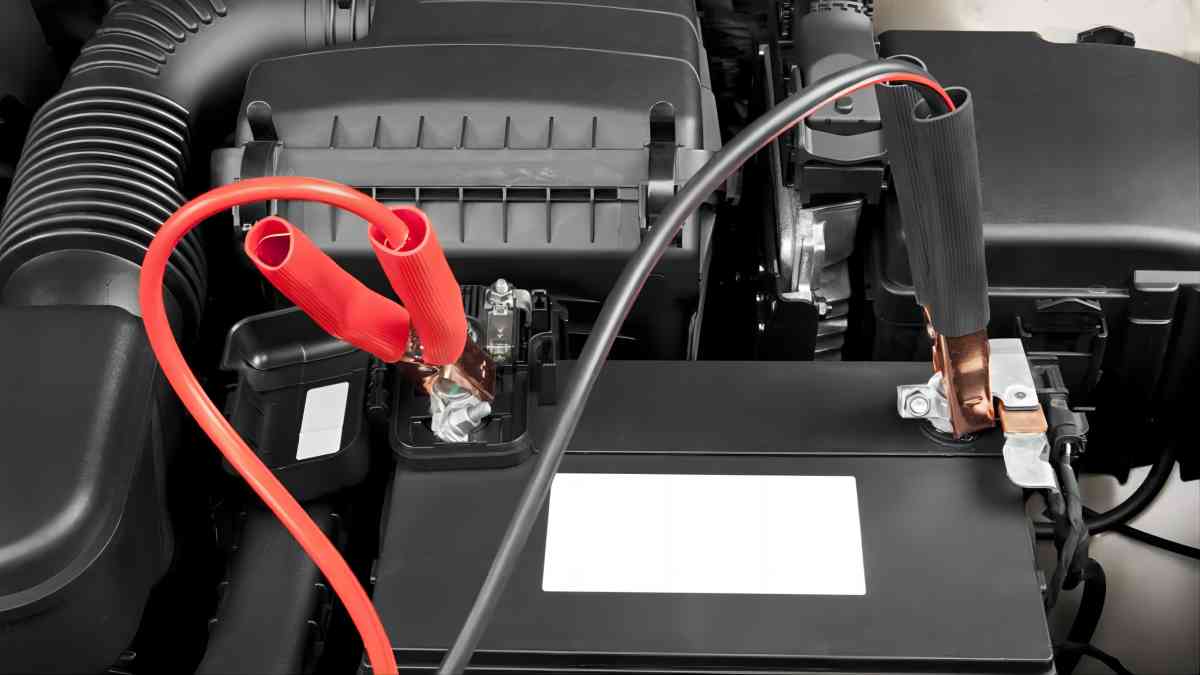
-
- The Top Five Best-Selling Vehicles in America
- By Prodosh Kundu 20 May,2024

-
- Know All About the History of the Big 3 Automakers in the World
- By Prodosh Kundu 20 May,2024

-
- Saving Money as Well as Environment – Electric Trucks are here to Stay
- By Prodosh Kundu 17 May,2024

-
- Why the Hyundai Ioniq 5 is Leading the Electric Vehicle Market
- By Prodosh Kundu 14 Aug,2024
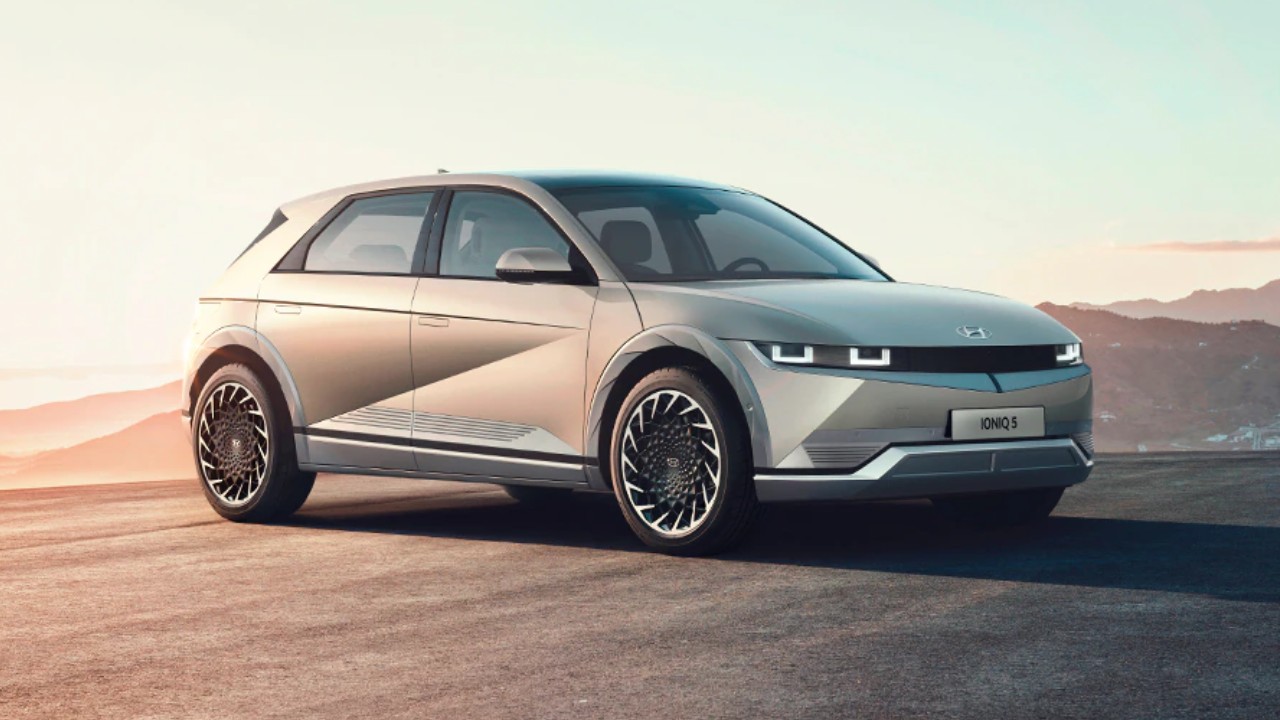
-
- Maximizing Longevity: Essential Rules for Truck Maintenance
- By Prodosh Kundu 20 May,2024

-
- Five Things You Should Know About Paint Protection Film (PPF)
- By Prodosh Kundu 01 Jul,2024

-
- How to Choose the Right Baby Car Seat
- By Prodosh Kundu 03 Jul,2024

-
- Vehicle Overview:Mini Cooper
- By Prodosh Kundu 03 Sep,2024

-
- Biden Slaps 100% Tariffs on Chinese EVs Ahead of the Election
- By Prodosh Kundu 17 May,2024
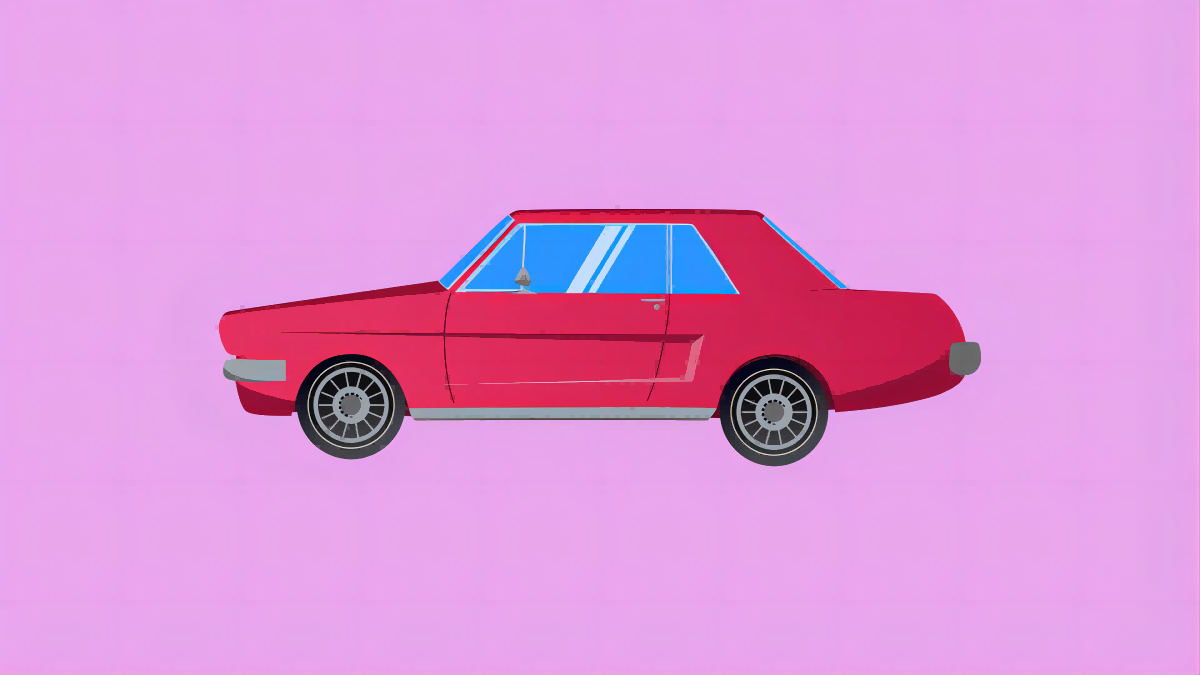
 1
1 1
1